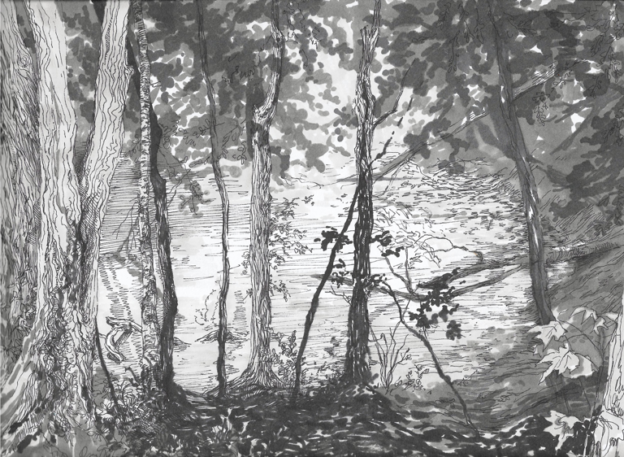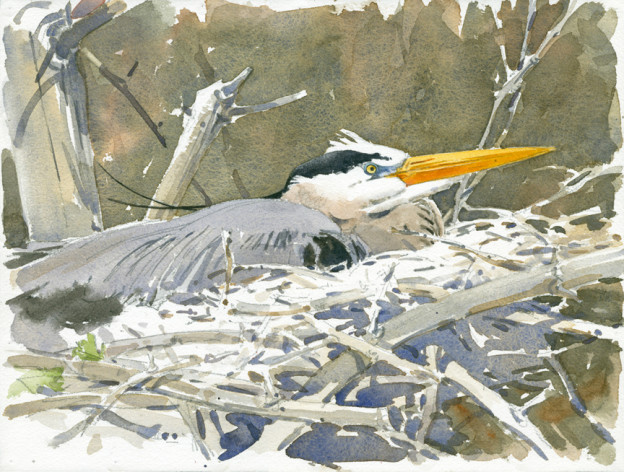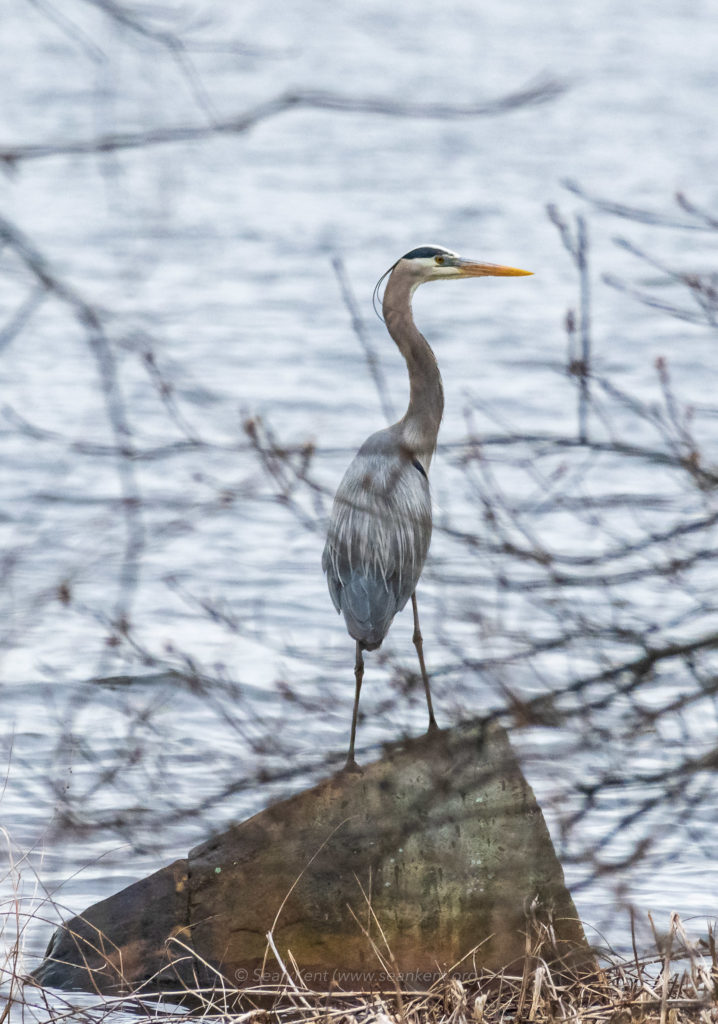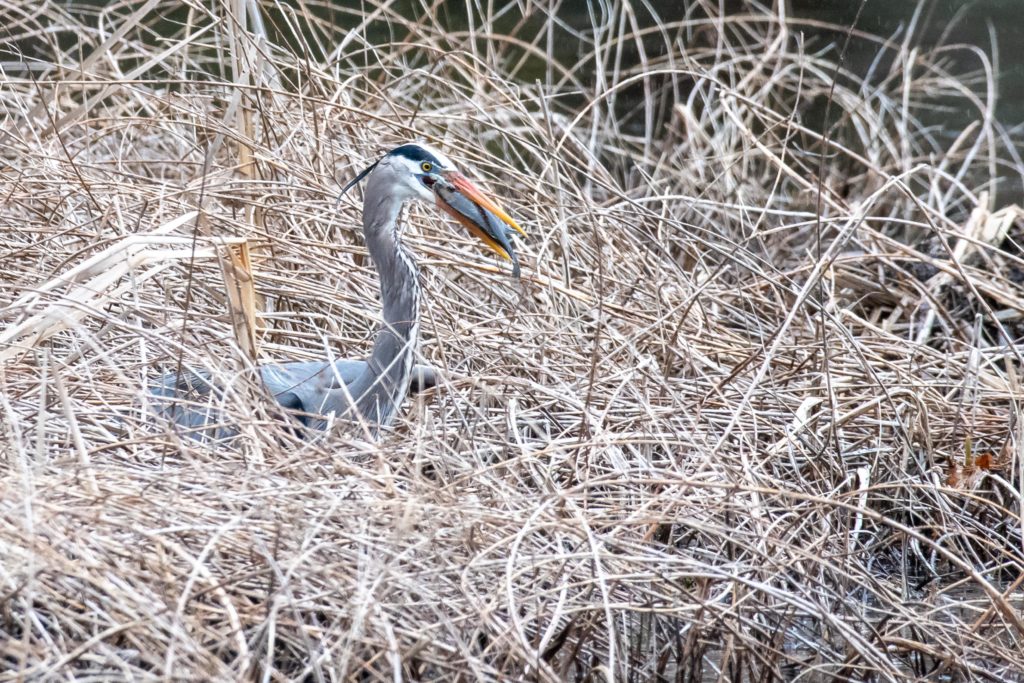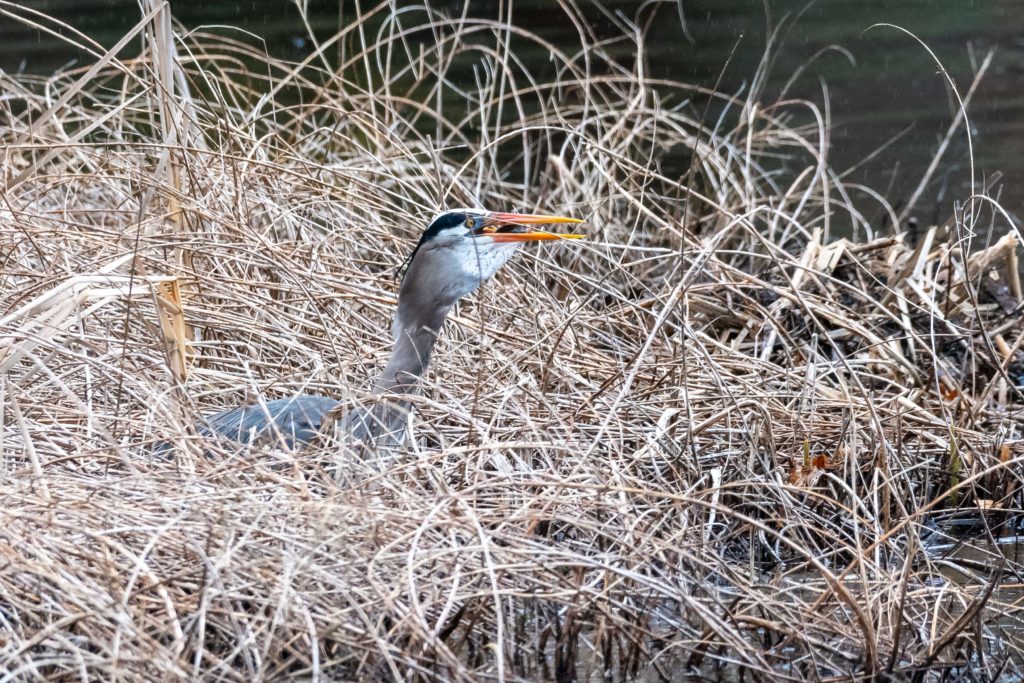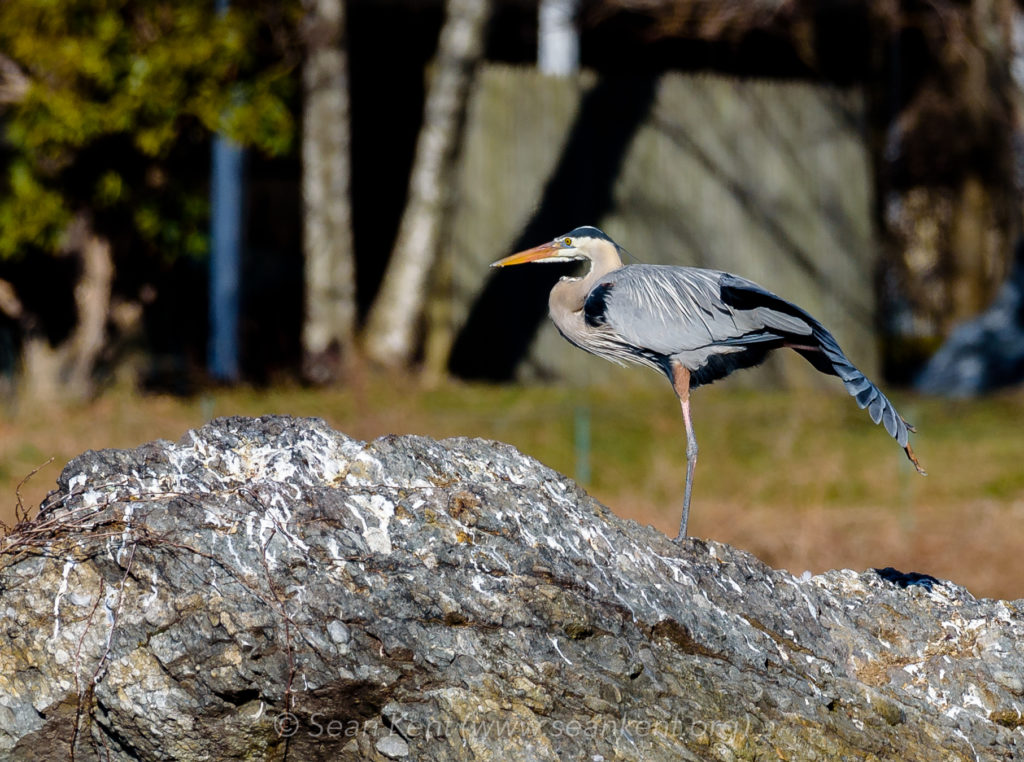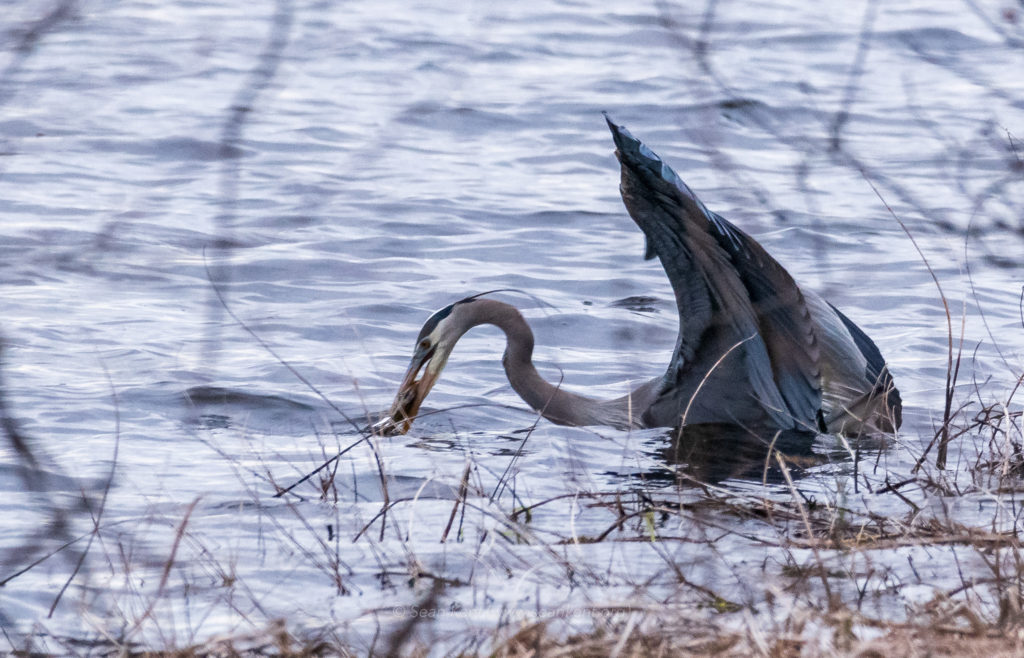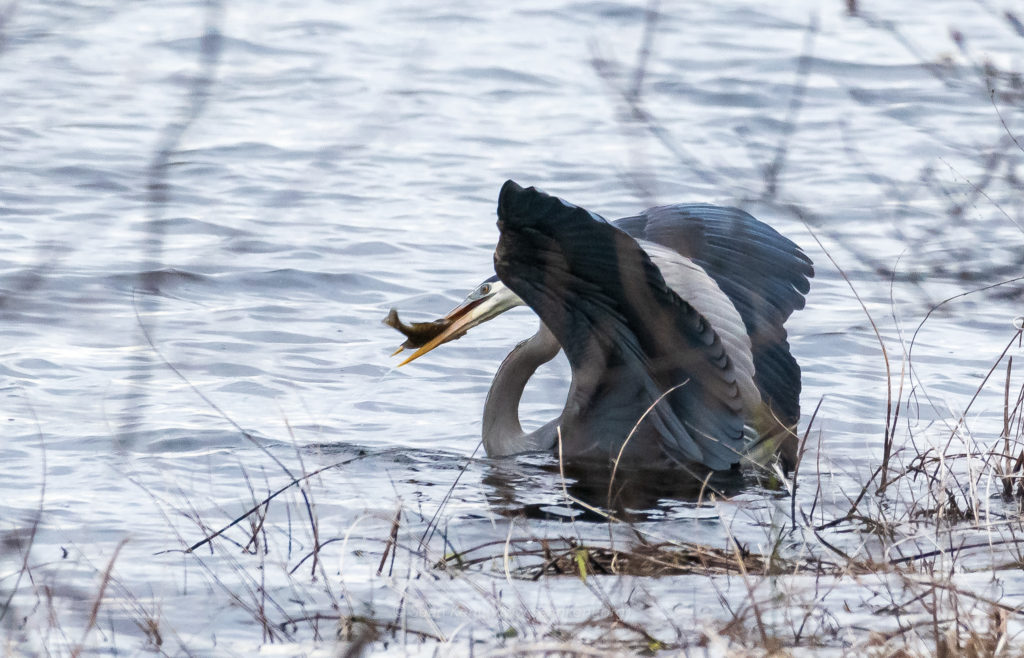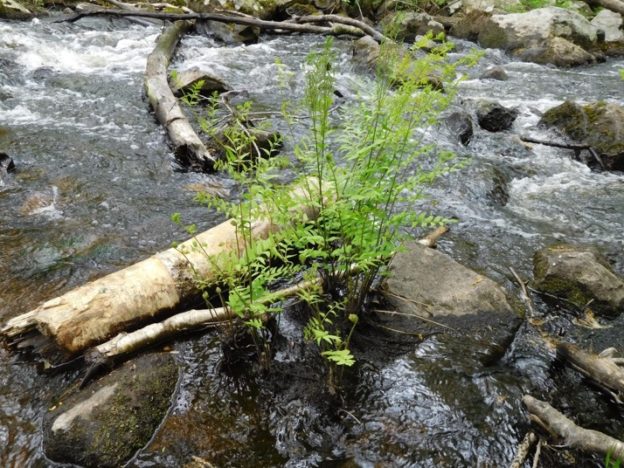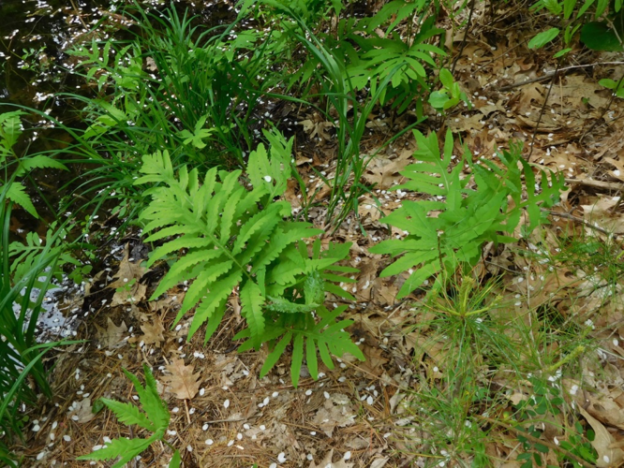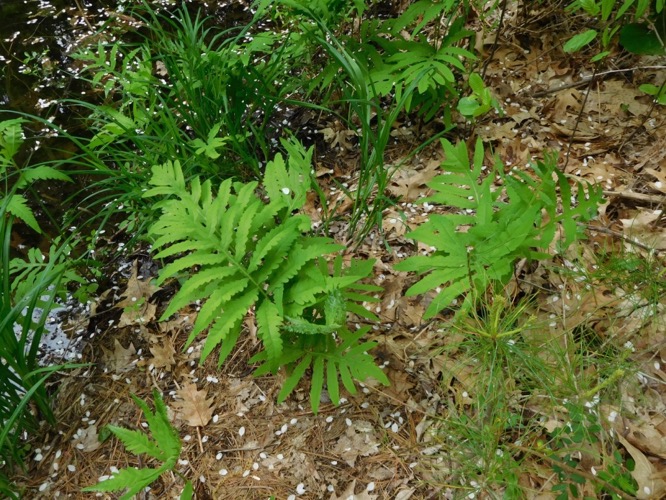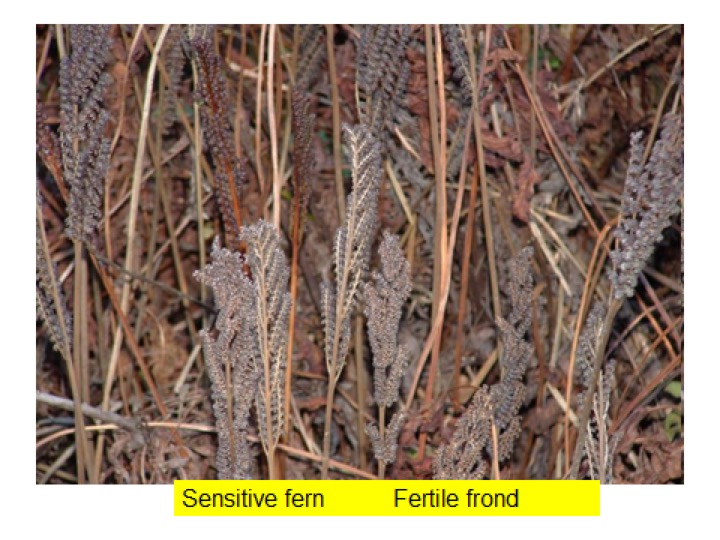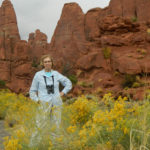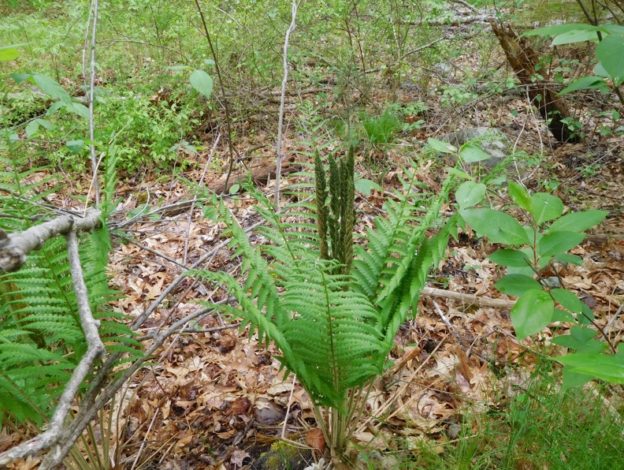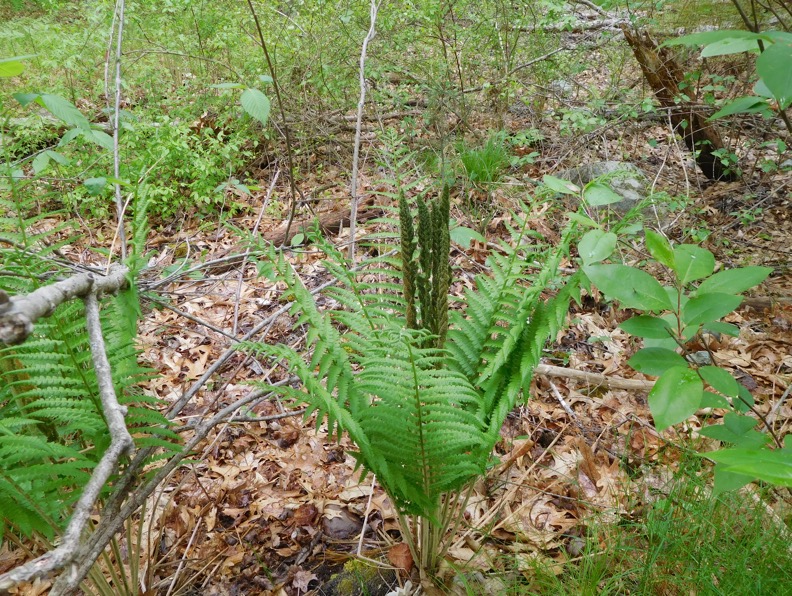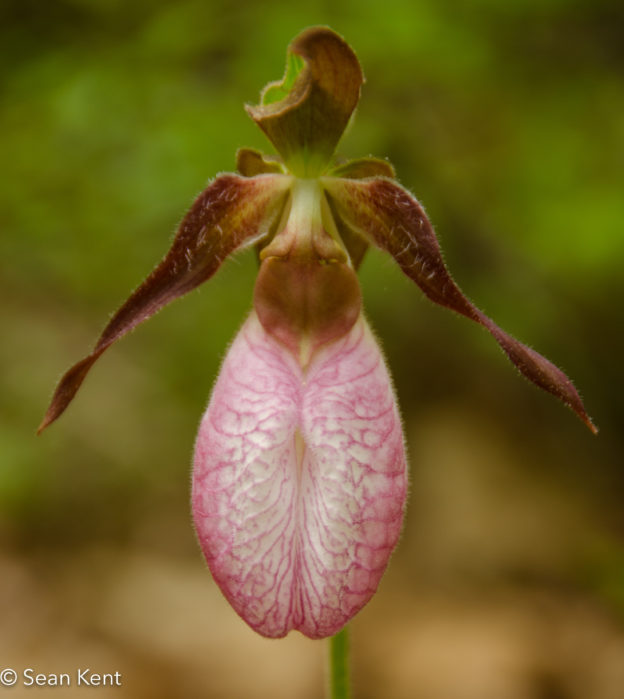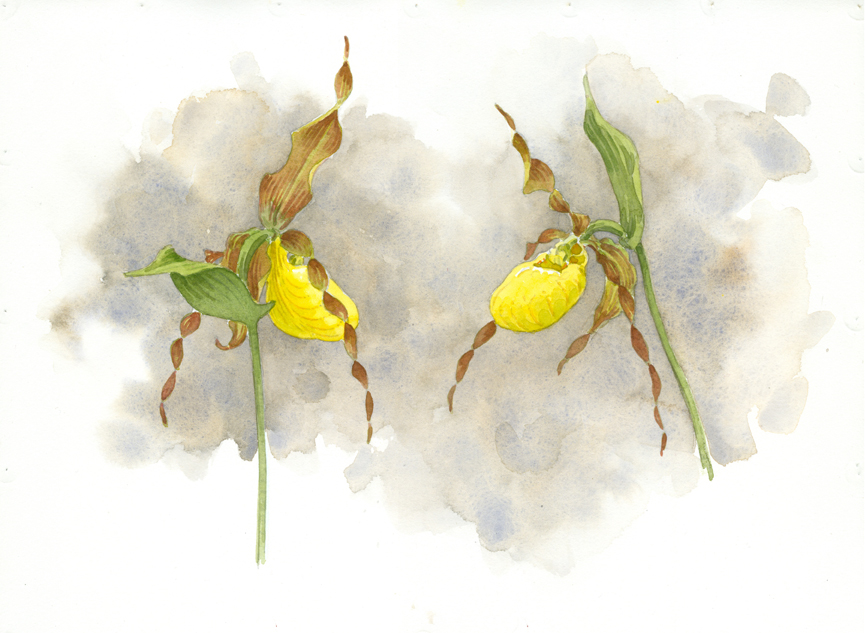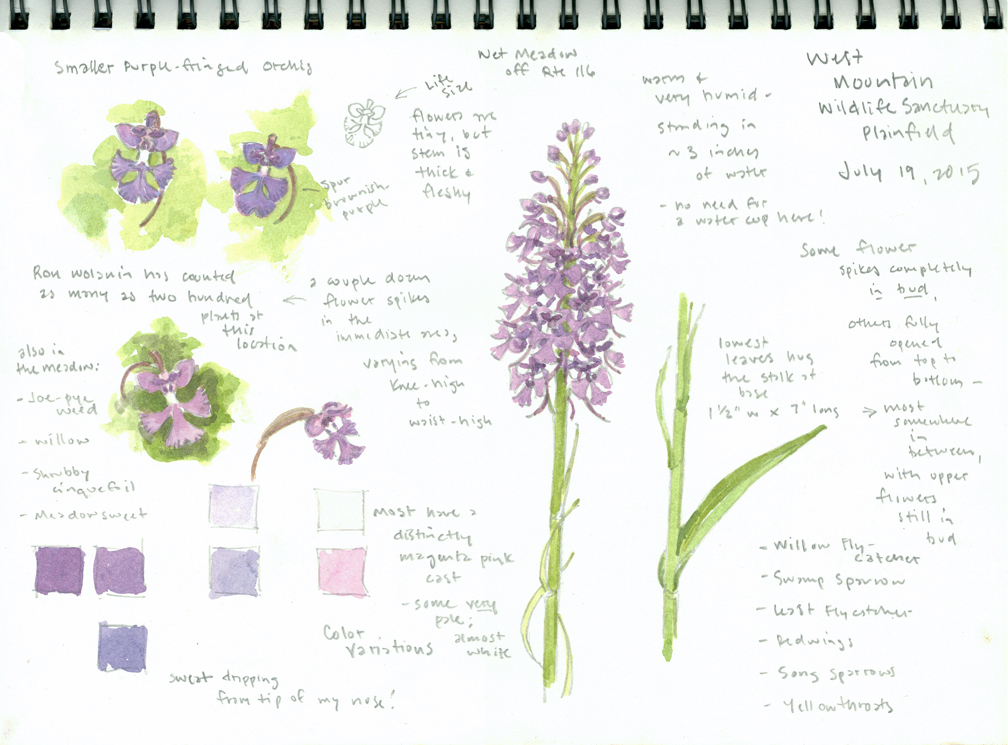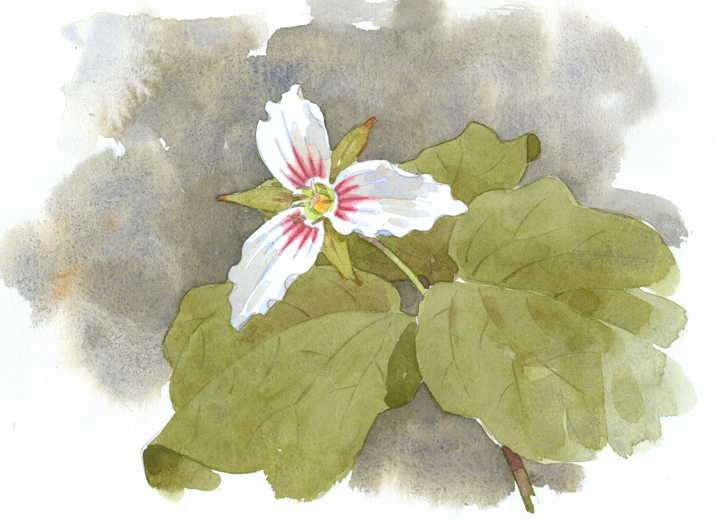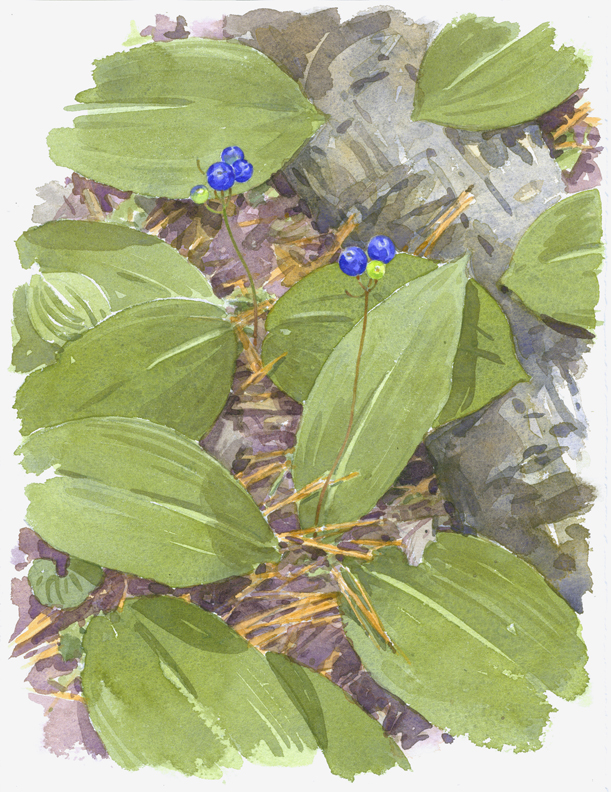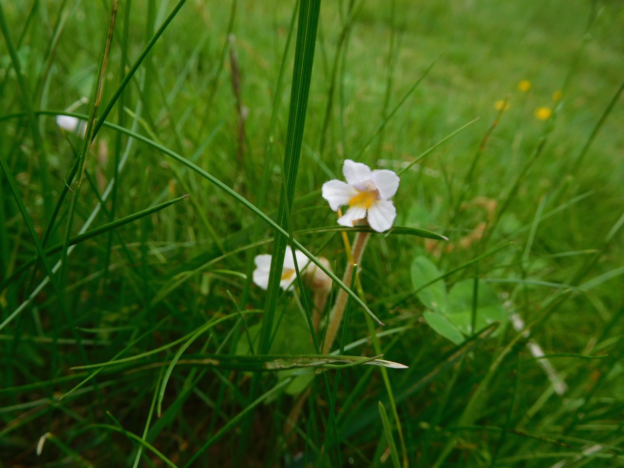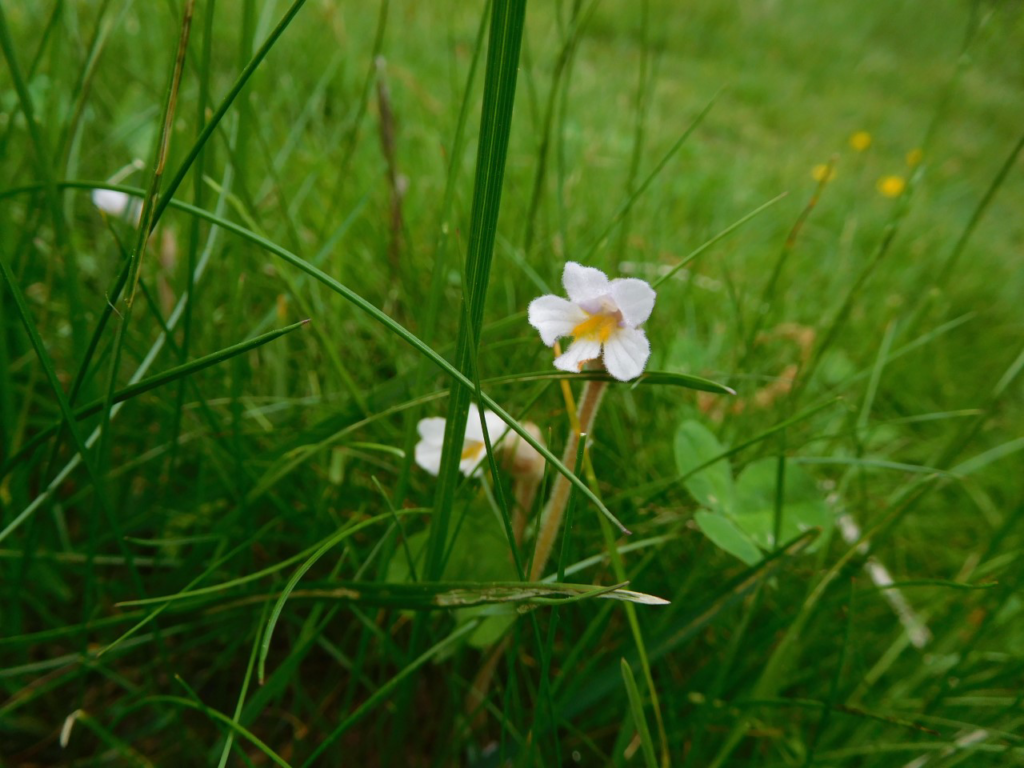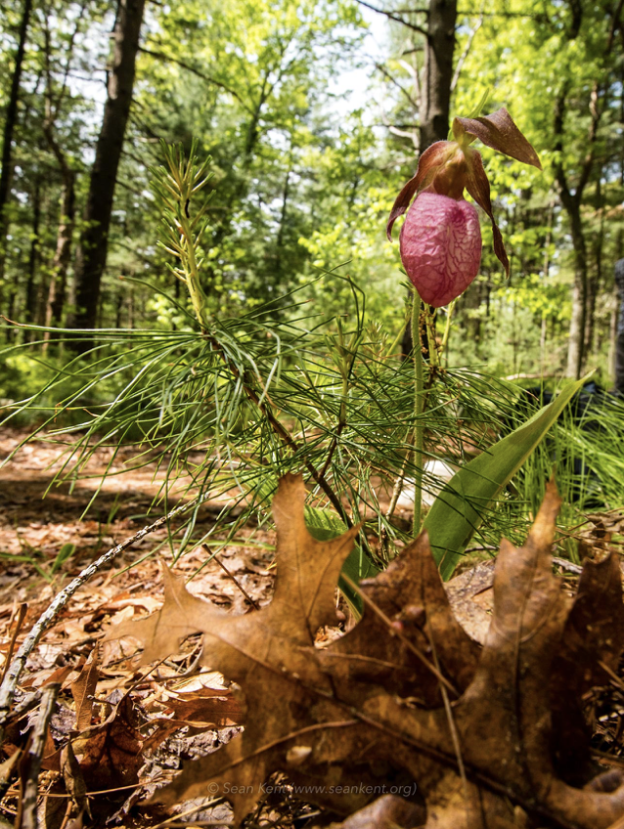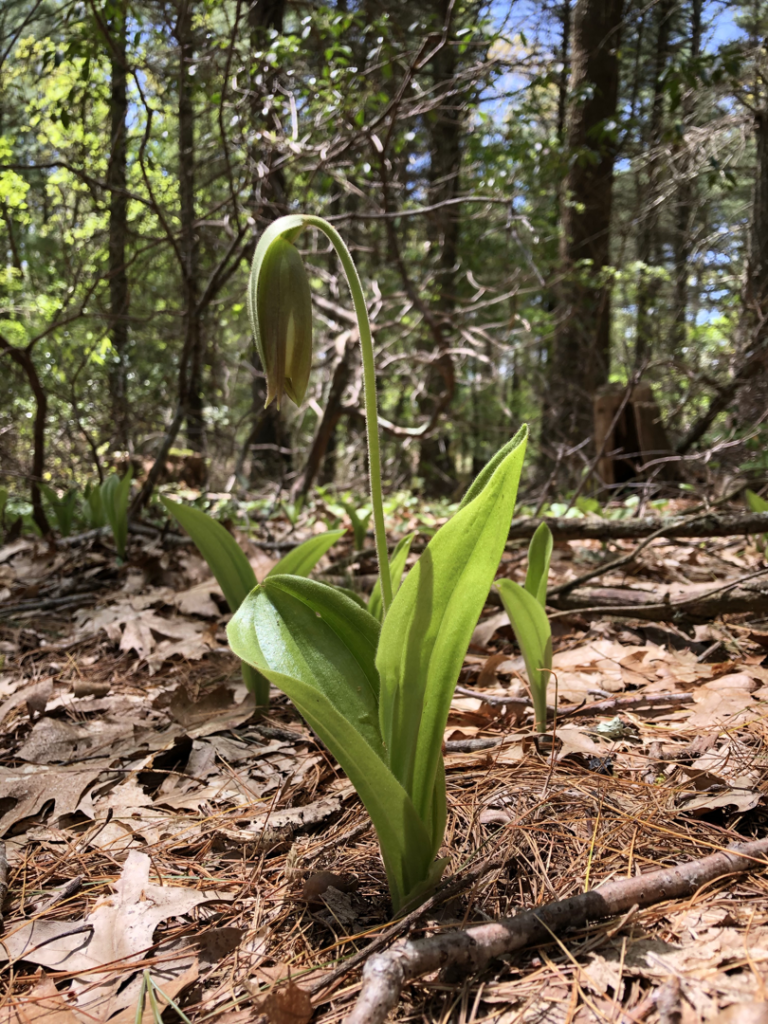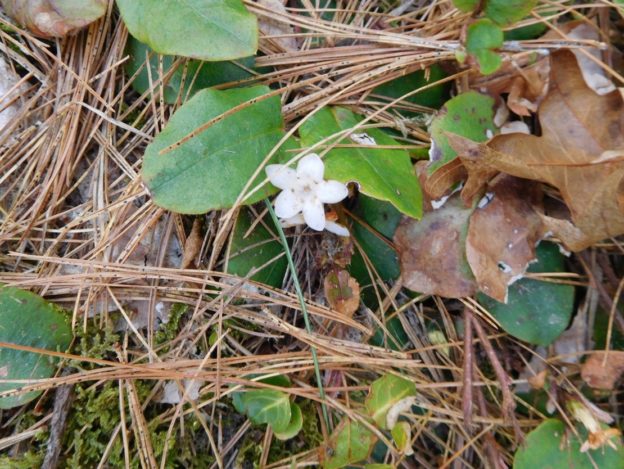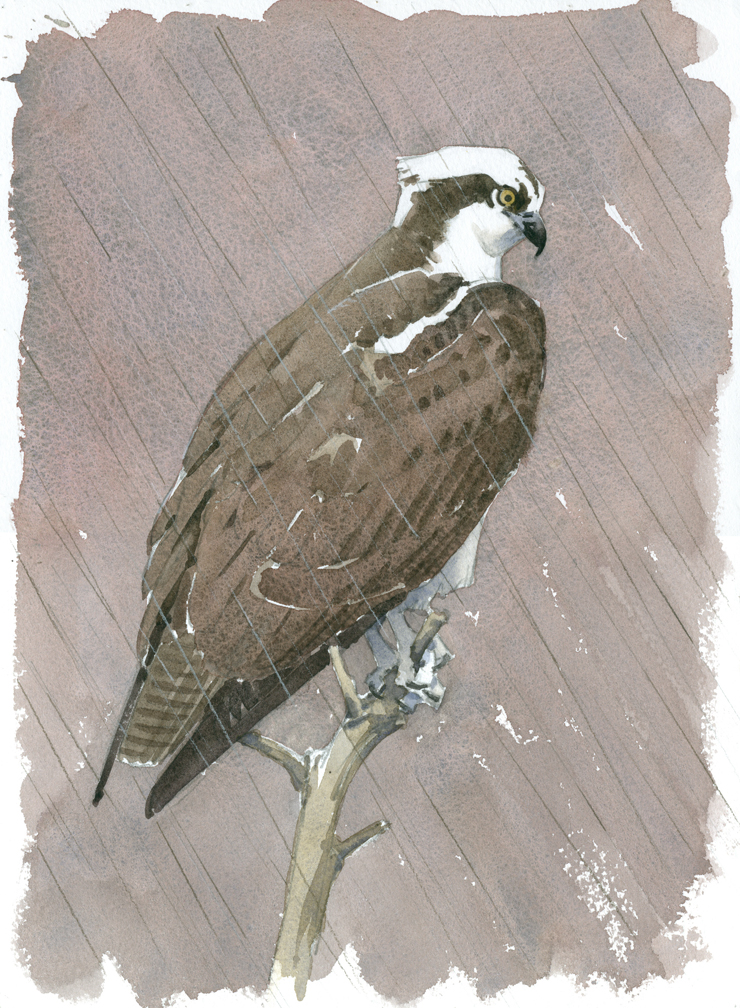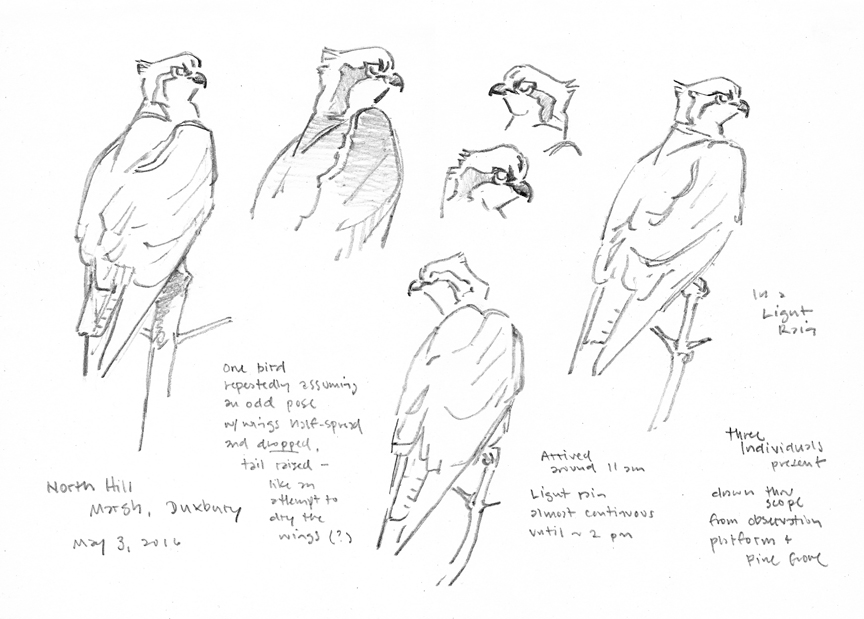This summer the Museum of American Bird Art is thrilled that Maris Van Vlack, a rising sophomore at the Rhode Island School of Design, will be interning at MABA. She will be sketching and painting in the wildlife sanctuary. She will be blogging about her experience. Enjoy her post about a week spent at the vernal pool. –Sean Kent
MABA’s vernal pool is a gathering place for lots of wildlife, and is a great place to watch the comings and goings of woodland wildlife. The pool is located very close to the trailhead, and is easy to find on your trail map. The word “vernal” means spring, so a vernal pool is a body of water that forms when snow is melting in the late winter, and it slowly disappears when the weather gets hot in the summer. Even though it isn’t there all year round, the vernal pool is the home to a variety of animals and is a great place to sit and sketch! Here is a list of wildlife I observed when sitting by the pool for only about 15 minutes:
Green Frog
Baltimore Oriole
American Robin
Damselfly
Mourning Dove

The marker sketch above was drawn from the vernal pool overlook right on the trail. Natural bodies of water don’t have a clear outline, so they can be tricky to sketch. I find that it is best to first draw the things around the water that define its boundaries (like trees or patches of grass) and then draw the reflections you can see on the water’s surface. The vernal pool has a lot of big branches resting in it which create reflections, as well as the sun, sky, and surrounding trees.
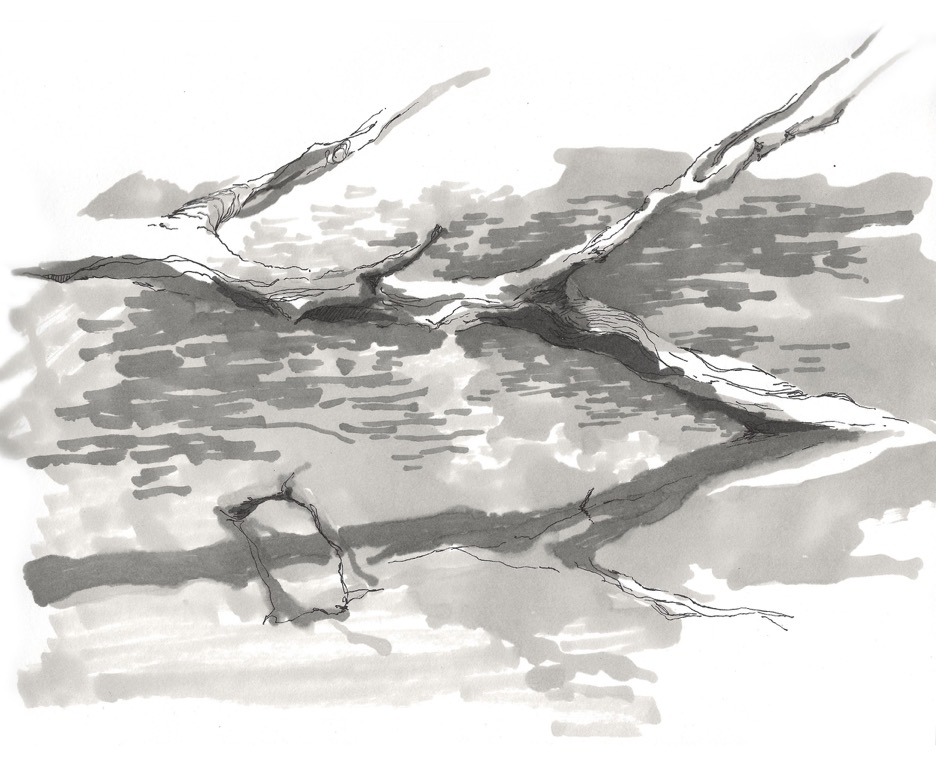
An interesting branch and reflection

a sketch of a tree on the bank of the vernal pool, split open and full of shelf fungi
The light by the vernal pool is very captivating because it comes through the leaves overhead and then bounces off of the water’s surface. One day, when I was beginning to sketch, I noticed an interesting pattern of shadows on my paper:
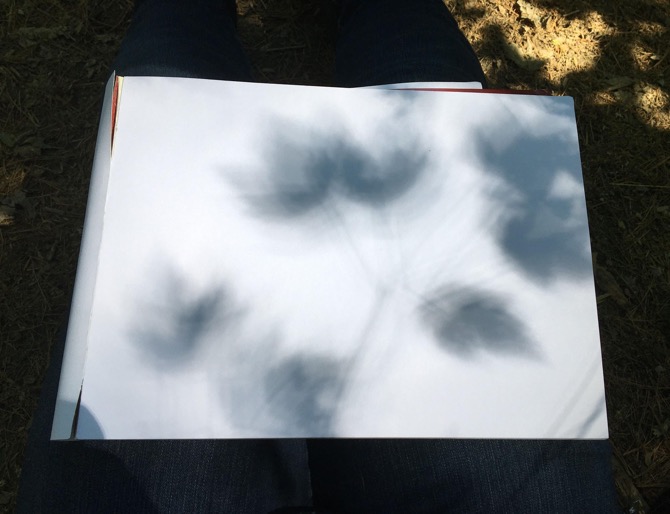
As a drawing experiment, I tried to trace the shapes of the shadows on the paper. This was difficult because the wind kept blowing the leaves back and forth. This was the result:

I find the lines of the drawing interesting, and I think they capture the feeling of the wind blowing leaves back and forth.
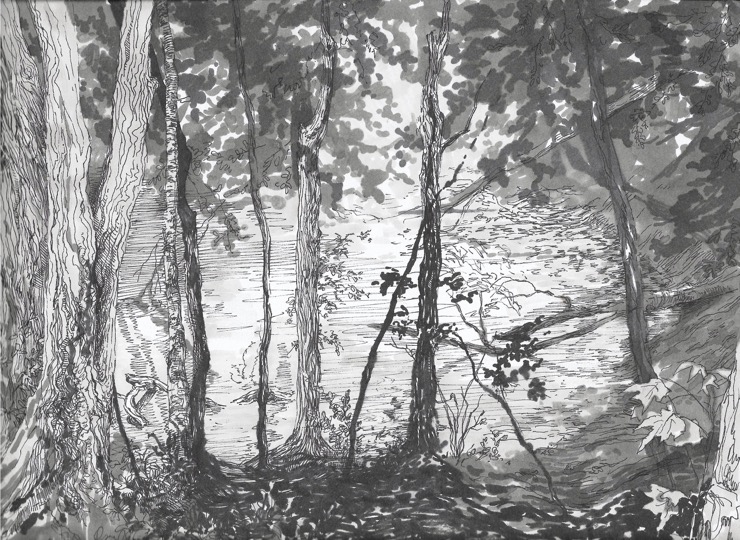
The sketch above is drawn from the vernal pool overlook on the main loop path. This view is not as close up as the other place directly on the bank of the pool, but you won’t scare away the wildlife and can watch all the birds fly about! There are often common grackles that hop around the edge of the pool, making quite a racket. I have also seen cardinals, black-capped chickadees, mourning doves, and orioles from this view.
Remember, the vernal pool is quickly shrinking! Even just a week later, I noticed that the water level had gone down about a foot. Go visit! It is a great place to sit, draw, and observe nature.
My name is Maris Van Vlack, and I will be blogging for the summer of 2020! I am a rising sophomore at the Rhode Island School of Design, with a major in Textiles and a concentration in Drawing. I used to take homeschool classes at the Museum of American Bird Art and have had my artwork exhibiting in their Taking Flight Exhibit for young bird artists.
I am especially interested in working with unusual materials in my work, and am inspired by plants, animals, and the patterns found in nature. This summer, I will be creating a guide for the MABA trails with sketches and paintings. I will be recording and writing about my observations, and sharing them through these blog posts. Hopefully this will be an educational and inspiring resource, and will motivate you to sketch what you see when you visit MABA this summer!



